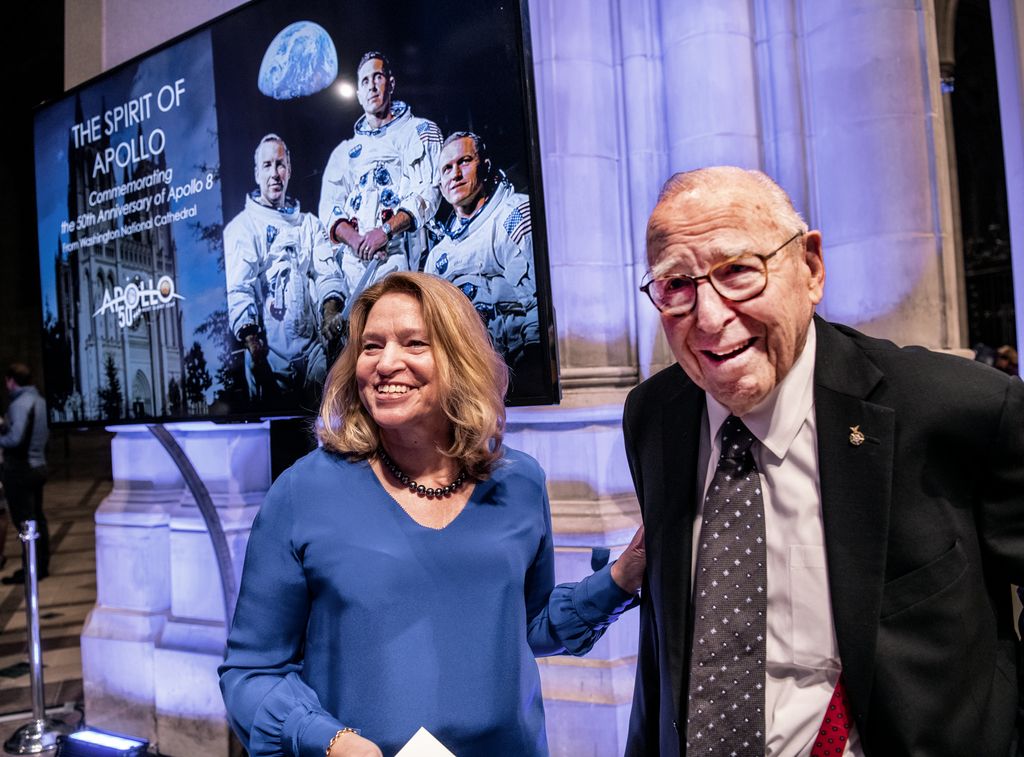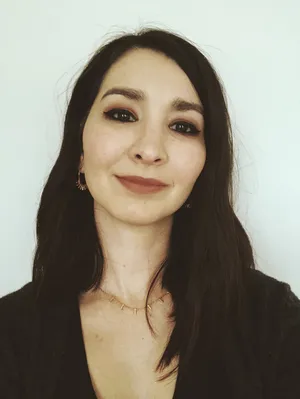Finding Optimism For The Earth Among The Stars
Q+A with Dr. Ellen Stofan
/https://tf-cmsv2-smithsonianmag-media.s3.amazonaws.com/blogging/featured/NASM2018-01471.JPG)
Ellen R. Stofan is the John and Adrienne Mars Director of the Smithsonian’s National Air and Space Museum. She comes to the position with more than 25 years of experience in space-related organizations and a deep research background in planetary geology. She was chief scientist at NASA from 2013–2016. Ahead of the Earth Optimism Summit*, we asked Stofan how her background in planetary science influences optimism for planet Earth.
Your research background focused on the geology of neighboring planets in our solar system. What role do you think planetary sciences, and particularly geology, play in the conservation of our home planet?
One of the main reasons we study other planets is to put the Earth in context. I like to use the analogy of a doctor having only one patient and trying to understand the nature of disease – you need lots of patients to do that. Studying how volcanoes work across the solar system, on different planets under different conditions, allows us to better understand the basic physics governing the process. This is especially true of climate. By studying the climates of Venus, Mars, and Saturn’s moon Titan, we can look at the role of greenhouse gases, the effects of solar insolation, the role of clouds – all of the processes that influence climate. More cases to study result in better knowledge.
I think looking at our solar system, and the growing number of solar systems we are studying around other stars, also drives home the point that there is no Planet B. Carl Sagan said it far better than I ever could: ‘…the Earth is where we make our stand’.
The Apollo missions are often credited as the inspiration for Earth Day as well as many environmental organizations and policies. Can you elaborate on that?
When Apollo 8 astronauts Frank Borman, Jim Lovell, and Bill Anders orbited the Moon for the first time in December of 1968, they were awed by their first sighting of the beautiful blue marble of Earth rising above the grey lunar surface. Bill Anders’ photo ‘Earthrise’, taken at that moment, is said to have helped begin the environmental movement. The sight of our planet looking so small, so vulnerable in the blackness of space, with no country borders visible, drove home the fact that we live all together on spaceship Earth. The astronauts from Apollo onward all speak movingly about what is now called ‘The Overview Effect’. From above our planet, you can see that it is a thin, thin layer of atmosphere that protects and sustains us.

Are you optimistic about the future of our planet?
I try to be. I know that we are collecting the best data possible – from spacecraft, aircraft, and on the ground – to constantly improve climate models and help mitigate the effects of climate change that are already happening. I am made optimistic by the fact that so many private companies are leaning forward to become more sustainable. I love how institutions like the Smithsonian are moving towards eliminating single-use plastics. I am made optimistic by the powerful voices of young people demanding that we act on climate. But I worry that the window we have to reduce and then relinquish our dependence on fossil fuels is a small one, and that progress seems very slow.
Do you have a favorite success story that has inspired you to be optimistic?
I am inspired to help make our planet sustainable by the life of Finley Broaddus, a family friend who died of cancer at age 18. She dedicated the time she had to raise awareness on the importance of individual action to care for this planet and fight climate change. Despite being so ill, she pushed the hospital staff to reduce single-use plastics, and she raised money to plant trees all around the world. Her family continues this work in her name. I see Finley’s spirit living on in the faces of all of the young climate activists around the globe.
What are you looking forward to the most at the 2020 Earth Optimism Summit*?
There are so many amazing speakers at the Summit! I am particularly interested in learning how changes to the way we grow food sustainably can support an expanding world population. I want to hear more about the research we do here at the Smithsonian in biodiversity, and I want to learn more on the work being done on environmental justice.
----
*As a public health precaution, the Smithsonian postponed the Washington, D.C.-based summit to a later date. Instead, on the 50th anniversary of Earth Day 2020, we held an Earth Optimism digital event that showcased stories of both small and large-scale actions that frame the conversation and demonstrate that success is possible. The same speakers, the same content -- digitally!
We invite you to share your stories of success on #EarthOptimism and help us inspire millions of people around the world for greater impact!
Watch Ellen Stofan's Earth Optimism Digitial Summit talk below:

